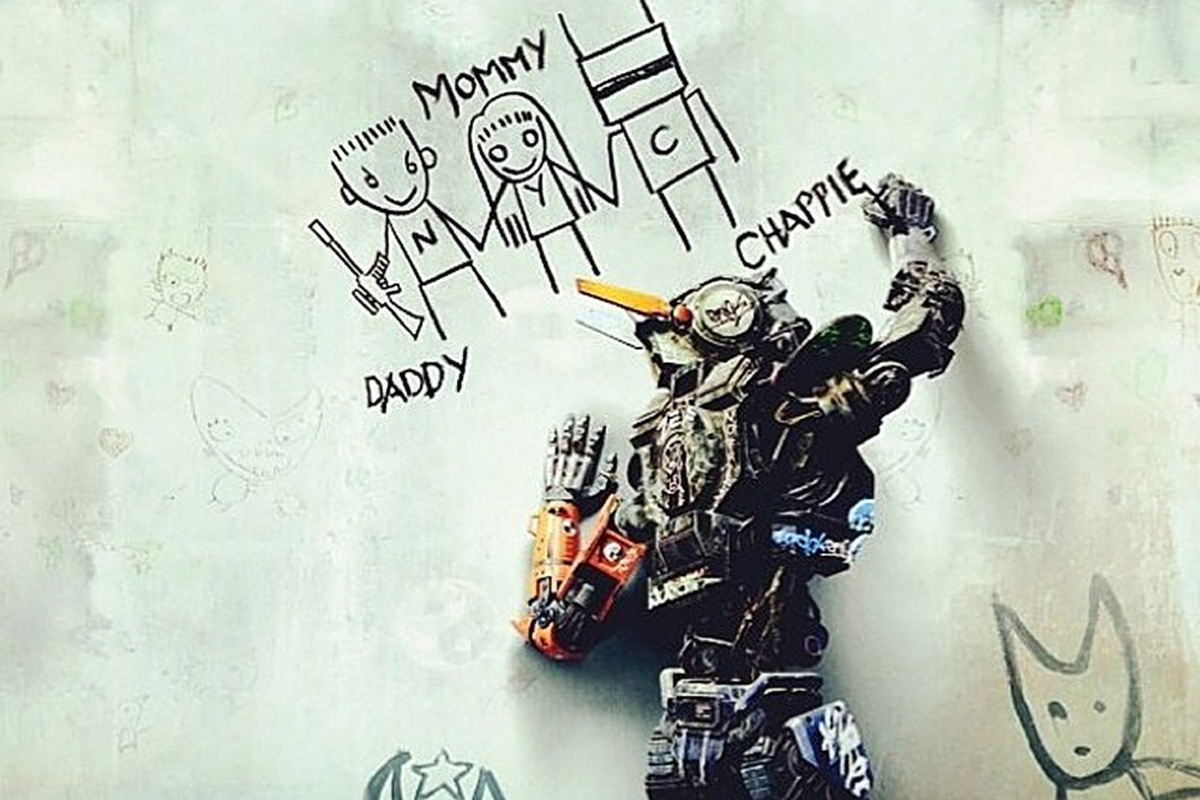A. I. and the body

For many years now, Hollywood has given us plenty of visions of extraordinary humans, humans with superpowers, humans who transcend physical dimensions, and humans who become robotic in nature, either by proxy or transplantation. Many of these plots have been structured around the same basic problem: the shifting boundaries of ‘the human’ in a world that gradually seems to disallow that category its cultural and biological legitimacy. The sympathetically flawed super-strong superhero is an abounding example. However, concurrently, a trend has been emerging which analyses the posthuman without the explicit figure of the superhero, questioning more directly the implicit assumptions underlying the distinction between human and non-human.
The most prominent example of this questioning is probably Alex Garland’s award winning Ex Machina (2015), in which a programmer from a large software company is depicted in his troubling attempts to administer a Turing test on a supremely intelligent and deceptively ‘human’ android, Ava. Ava is revealed to have complex emancipatory and revolutionary ideas about herself, and challenges the Plato’s Cave-like compound in which the company’s CEO is keeping her, eventually taking a violent stand against her captor. Constantly, the illusory connection between Ava’s semi-human figure and the artificial intelligence supposed to be implanted within her stands out in its artificiality.
A less known but even more surprising film on the topic of artificial intelligence is Neill Blomkamp’s Chappie (2015). This bizarre bildungsroman narrative takes place in a not-distant future where police work has been partly outsourced to a small army of robots. Deon Wilson, the developer of these robots, suddenly happens upon a code sequence that, once booted, is effectively an entity of artificial intelligence, gradually developing opinions, emotions and dispositions. Along with a colorful gang of sympathetic radicals, who have stolen a decommissioned robot, Deon is successful in integrating his A.I.-program into the operating software of the robot, which then, as if struck by lightning, springs into life. However, as opposed to Ava in Ex Machina, the robot is not then spontaneously intelligent, calculated and villainously shrewd; what eventually becomes the personality named Chappie is born into the robotic figure as a child, and then has to gradually learn his way around sensing and understanding the world and the humans around him. This makes Chappie an extremely sympathetic character that the viewer immediately understands as human because of his emotional fragility and endearing antics. In this way, a very human category of temporality is imposed upon the idea of artificial intelligence, effectively reframing this posthuman phenomenon back into the realm of the human. The result is a film that doesn’t just project transhuman ideals of superhuman power or intelligence onto a basically human figure. Instead, it creates an absurdity and installs it in the very core of the transhumanist imagination; the absurdity being that Artificial Intelligence is, in fact, a fundamentally dis-embodied phenomenon, not predicated upon a humanoid body moving in three dimensions. Nonetheless, the film, more than most other films, shows how easily empathy is awakened for something which is radically non-human, as long as it becomes immersed in human categories such as time, formation and childhood.
